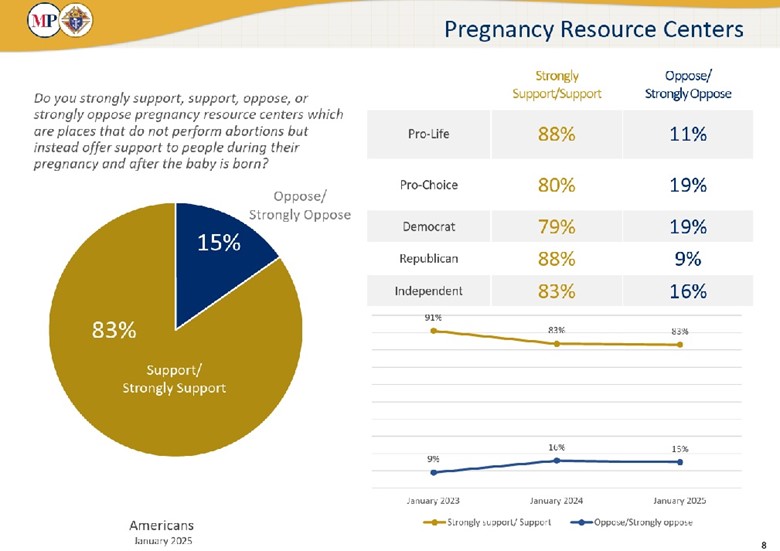In yesterday’s article, I mentioned the 2023 research report titled, “The Effects of Abortion Decision Rightness and Decision Type on Women’s Satisfaction and Mental Health.”
In this study, researchers conducted a retrospective survey of 1,000 women, and of those women 226 reported a history of abortion.
Whatever your beliefs about Right to Life (RTL) or Right to Choose (RTC) I encourage you to read the report in detail to gain deeper understanding of what women are thinking and feeling when they experience an unexpected pregnancy.
You can access the report at this link: https://pubmed.ncbi.nlm.nih.gov/37303450/
As I said in yesterday’s article, the research report noted in the summary section that “60% of the women reported that they would have preferred to give birth if they had received more support from others or had more financial security.”
Another very interesting result was how the 226 responded when asked if they
1) Wanted the abortion
2) Accepted the abortion but that it was inconsistent with their values and preference
3) Did not want the abortion or felt coerced into getting the abortion
Here’s the breakdown of responses to those questions:
1) Abortion wanted: 33%
2) Abortion accepted but inconsistent with values and preferences: 43%
3) Abortion unwanted or coerced: 24%
Today, I want to focus on this last category of women, the 24% who say the abortion was unwanted or coerced.
Assuming that one million women every year decided to go forward with an abortion, the category of abortions that were unwanted or coerced would account for about 240,000 (24% x 1,000,000) women annually.
Again, no matter your beliefs about Right to Choose or Right to Life, does this statistic not strike you as shocking?
Returning to the graph I presented yesterday showing that 83% of Americans support the work of pregnancy resource centers, I think it’s fair to say that even the 15% who oppose the work of pregnancy resource centers would not want those 240,000 women who did not want an abortion to end up getting an abortion.

If any of those 15% did, in fact, want to force those 240,000 women to get an abortion, I think I would be on safe grounds calling the views of such people barbaric.
I’ll assume that 99.9% do not fall in the barbaric category, and would never want a pregnant woman who doesn’t want an abortion to end up getting an abortion.
These 99.9% understand that this is a matter of justice towards these women, and that it is gravely unjust that women who don’t want to get abortions are getting abortions.
In that case, what can the 99.9% do to help the 240,000 women?
The women are not being secretive about what they need.
They tell us clearly what causes them to terminate their pregnancies: a (perceived) lack of support from others, and a (perceived) lack of financial security.
Simply, these women need SUPPORT.
I would suggest that both the Right to Choose (RTC) and Right to Life (RTL) camps can come together and find common ground to work on a common cause, what I call a woman’s Right to Support (RTS).
Again, a woman’s Right to Support is a matter of justice, giving each woman what is due to her.
As Right to Support is a matter of justice that deeply impacts the lives of human beings, I believe there is a strong argument that the government can, and should, play a role in this in order to enhance the common good of our citizens.
More to come…
Regards,
Brett Attebery

